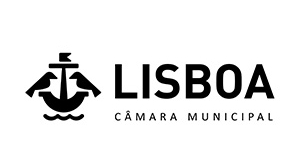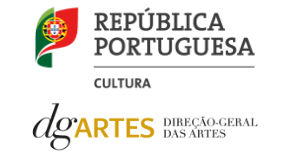"Sol Maior Para Comandante" - lembrando Cabral, há 39 anos assassinado
Super Mama Djombo / LP : Sol Maior Para Comanda
After Guinea-Bissau gained independence from Portuguese colonial rule in 1974, Super Mama Djombo was the most popular band in the country for more than a decade. Their lyrics in Guinean Creole represented the young nation´s aspirations for better future and were politically charged. The rhythm of gumbé, a fusion of Creole and traditional music with diverse ethnic origins was infectious and people rapidly got on to their feet to dance. The band toured in neighbouring countries as well as abroad, and gained many fans.
….The third volume, “Sol Maior Para Comandante”, is really another album in the Regard Sur Le Passé style, including a storyteller recounting the historic events. The difference with Bembeya’s Regard is the fact that the events (the heroic acts of Amilcar Cabral in the luta for the independance of Guinea-Bissau) weren’t from a (relatively) distant past, but from a few years before the release of the album!
Like the Bembeya classic, the album not only conserves a very interesting chapter of African history, but also offers some brilliant music from a country which has remained relatively underexposed in the study of and research into African music….
Photos: Guinea Bissau
Mr Knut Andreasson and Ms Birgitta Dahl visiting liberated areas in Guinea Bissau in November 1970
Photographer and original exhibiter: Mr. Knut Andreasson
Norwegian photographer Mr Knut Andreasson and former Speaker of the Swedish Parliament Ms Birgitta Dahl together with a Swedish delegation, visited the liberated areas in Guinea Bissau in November 1970. This visit gave them an opportunity to talk to Amílcar Cabral in his own environment and gain a deeper understanding of the struggle for independence from Portugal. Andreasson and Dahl later compiled a book* in Swedish on their trip. Andreasson also produced a photo exhibition to inform the Nordic people about PAIGC and the colonised areas. Not only the exhibition, but also most of the photos from this period, were later donated to the Nordic Africa Institute by Andreasson’s widow. The exhibition was donated to the Amílcar Cabral Foundation by the Nordic Africa Institute and presented by Ms Birgitta Dahl in connection with the 80th anniversary celebrations of Amílcar Cabral’s birth in September 2004.
The pictures show how life was in the liberated areas. How people went about and did their daily chores, but also the military side, the soldiers and their weapons. As Guinea Bissau has plenty of rivers, the boat was an important mode of transportation, in particular as the Portuguese blew up most of the bridges. Over 99% of the population was illiterate when the struggle started in 1963 so education was important and PAIGC ran camp-schools for children and adults. About 75 such schools existed - one of the first was the Escola Piloto in Conakry. The new ABC book was funded by Norwegian students and printed in Sweden. The pictures also show cultural events and health care facilities.
Some of the following pictures are published in the book* by Knut Andreasson and Birgitta Dahl, where it is possible to read mote about the situation in Guinea Bissau at the time.
*Guinea-Bissau : rapport om ett land och en befrielserörelse / Knut Andreassen, Birgitta Dahl, Stockholm : Prisma, 1971.
From

